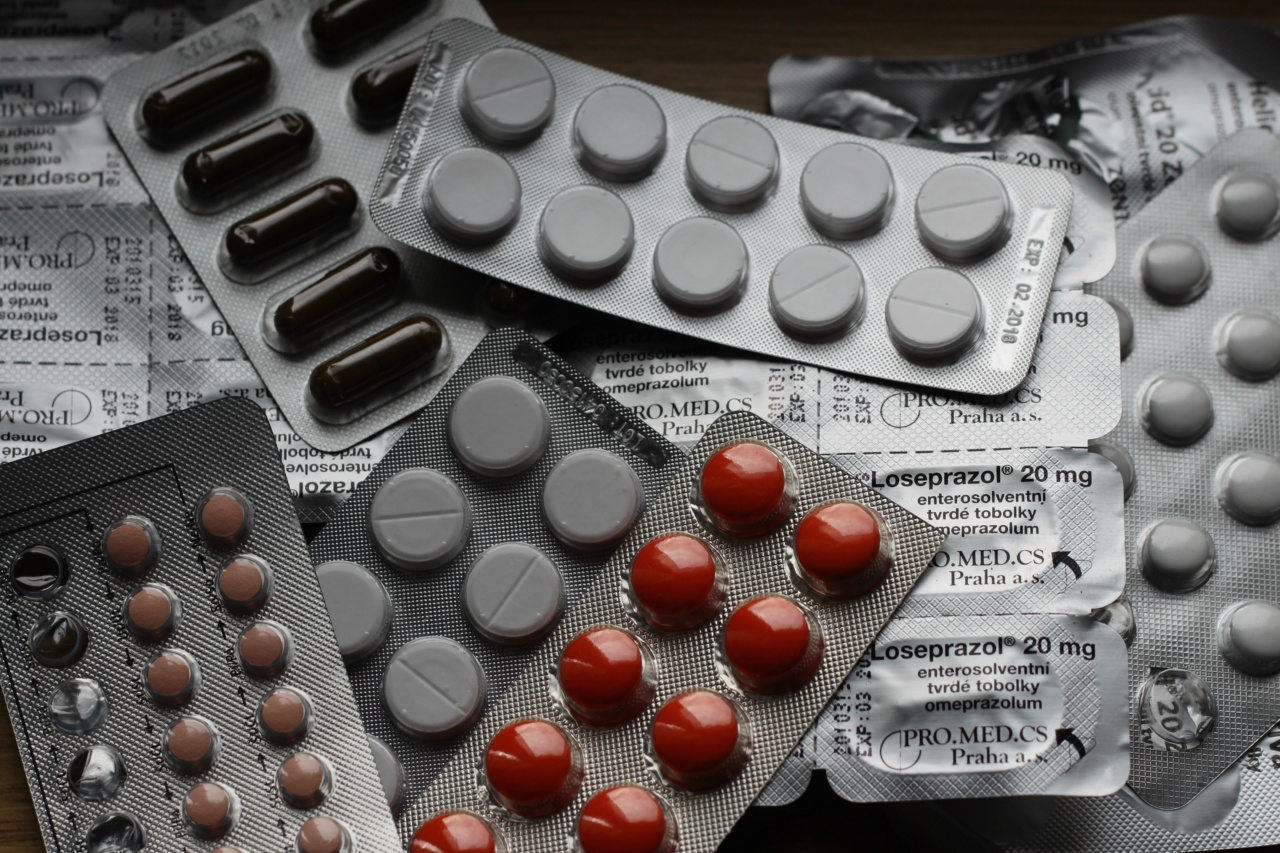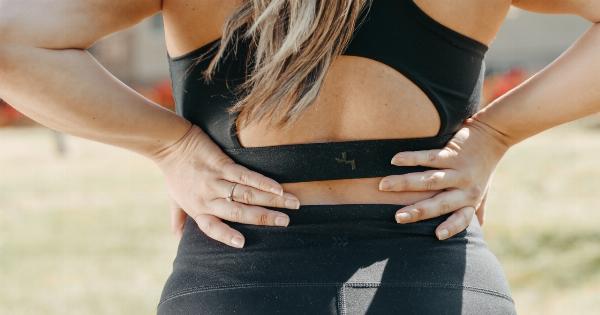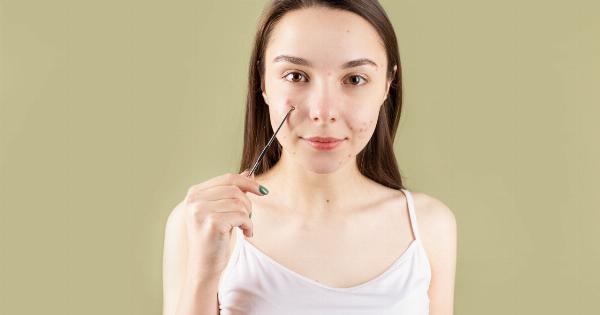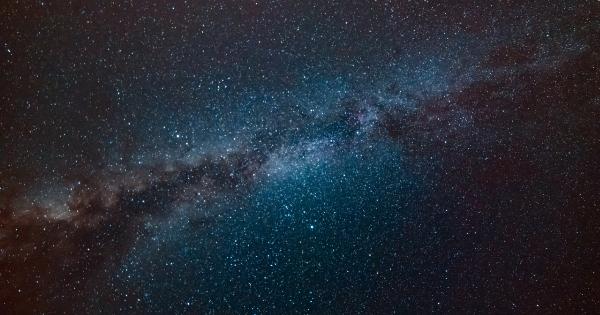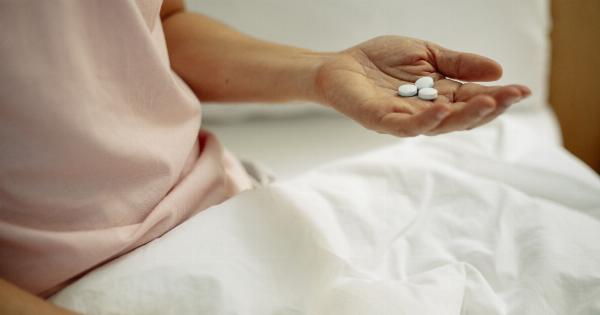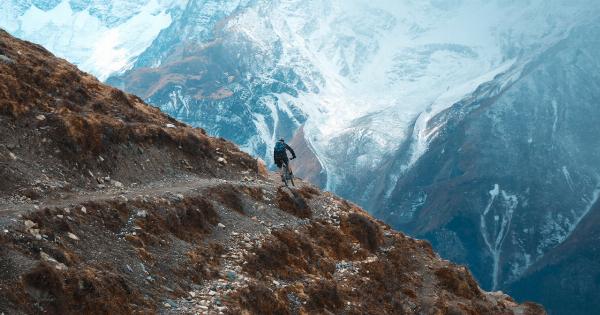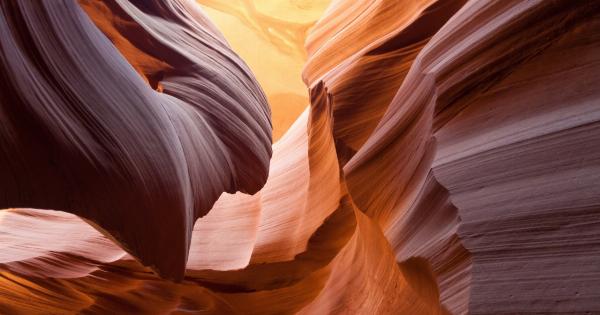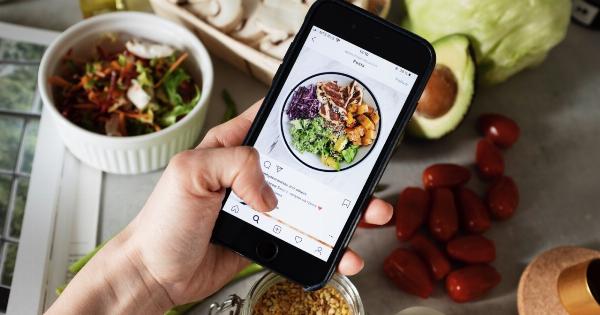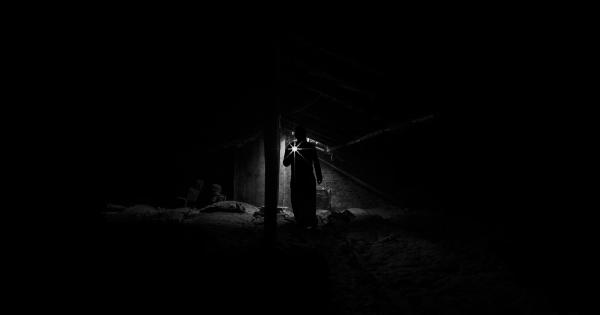Waist pain can be caused by various factors, and one of the possible causes is kidney stones. Kidney stones are hard, mineral and salt deposits that form in the kidneys and can cause intense pain when they pass through the urinary tract.
In this article, we will explore the symptoms and treatment options for waist pain related to kidney stones.
Understanding Kidney Stones
Kidney stones, also known as renal calculi, are solid masses that form in the kidneys. They are composed of calcium, oxalate, phosphate, urate, cystine, or a combination of these substances.
Kidney stones vary in size and can range from as small as a grain of sand to as large as a golf ball.
Symptoms of Kidney Stones
When kidney stones move through the urinary tract, they can cause various symptoms, including:.
- Severe Waist Pain: One of the hallmarks of kidney stone pain is intense pain in the waist or lower back region, often on one side.
- Fluctuating Pain: The pain may come in waves, varying in intensity.
- Blood in Urine: Kidney stones can cause microscopic or visible blood in the urine.
- Frequent Urination: The urge to urinate may increase, with small amounts of urine being passed.
- Burning Sensation: Pain or discomfort during urination is common.
- Cloudy or Foul-Smelling Urine: Kidney stones may cause changes in urine color or odor.
- Nausea and Vomiting: Some individuals may experience nausea or vomiting.
- Urinary Tract Infection (UTI) Symptoms: In some cases, kidney stones can lead to UTI symptoms such as fever and chills.
Treatment Options
The appropriate treatment for kidney stones depends on several factors, including the size and composition of the stones, as well as the severity of the symptoms. Common treatment options include:.
1. Drinking Plenty of Water
Staying well-hydrated can help flush out small kidney stones naturally. It is recommended to drink at least 2 to 3 liters of water per day to promote urine production and prevent the formation of new stones.
2. Medications
In some cases, medications may be prescribed to help manage symptoms or facilitate the passing of kidney stones. Pain medications, such as nonsteroidal anti-inflammatory drugs (NSAIDs), can help alleviate discomfort.
Alpha-blockers may also be prescribed to relax the muscles in the ureter, making it easier for the stones to pass.
3. Extracorporeal Shock Wave Lithotripsy (ESWL)
ESWL is a non-invasive procedure that uses shock waves to break kidney stones into smaller pieces. These smaller fragments can be easily passed through the urinary tract.
ESWL is typically used for smaller stones that are causing significant pain or blocking urine flow.
4. Ureteroscopy
Ureteroscopy is a minimally invasive procedure that uses a thin tube (ureteroscope) to remove or break up kidney stones. The ureteroscope is inserted through the urethra and bladder into the ureter.
It can be equipped with a laser or other tools to break up larger stones or remove smaller stones directly.
5. Percutaneous Nephrolithotomy (PCNL)
PCNL is a surgical procedure used to remove larger kidney stones or those that have not responded to other treatments. A small incision is made in the back, and a nephroscope is inserted to locate and remove the stones.
PCNL is usually performed under general anesthesia.
Prevention and Lifestyle Changes
Preventing the recurrence of kidney stones involves adopting certain lifestyle changes, including:.
- Increased Fluid Intake: Drinking an adequate amount of water can help dilute urine and prevent the formation of stones.
- Dietary Modifications: Reducing the consumption of foods high in oxalate, such as spinach, rhubarb, and chocolate, can help prevent oxalate stones. Additionally, monitoring salt and animal protein intake may help prevent the formation of other types of stones.
- Medical Evaluation: If you have a history of kidney stones, it is essential to undergo regular medical evaluations to identify any underlying conditions that contribute to stone formation.
- Medication Changes: It may be necessary to adjust or change certain medications if they have been identified as a potential cause of kidney stones.
Conclusion
Waist pain can be a symptom of kidney stones, and understanding the causes, symptoms, and treatment options is crucial for managing this condition.
While some kidney stones may pass naturally with increased fluid intake and medications, others may require additional interventions such as ESWL, ureteroscopy, or PCNL. Adopting preventive measures and lifestyle changes can also help in reducing the risk of recurrent kidney stones.
